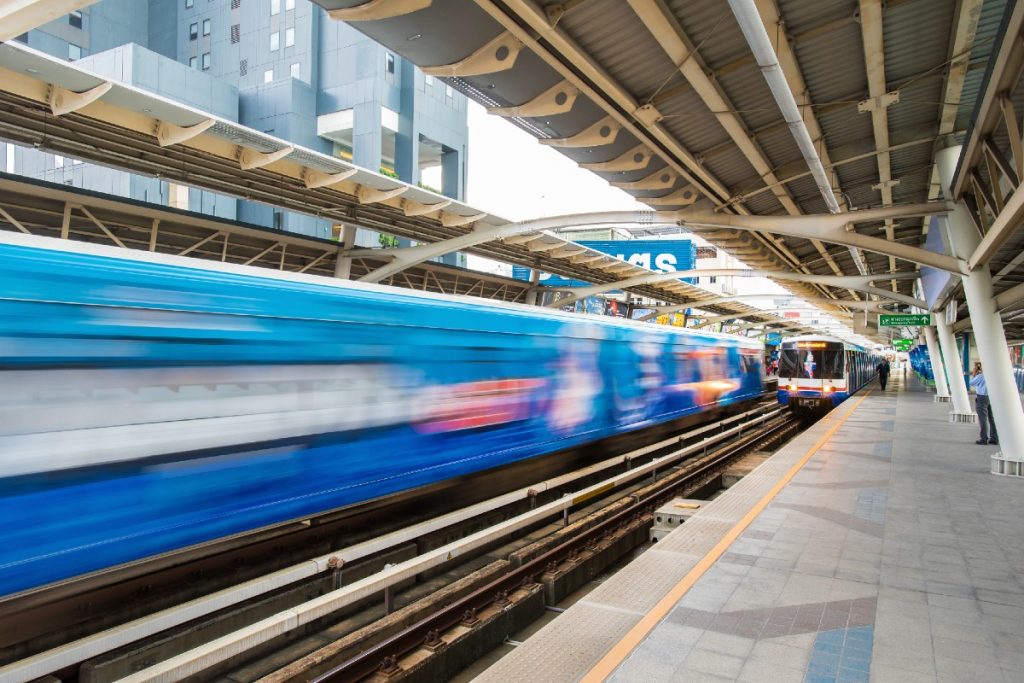Revitalizing Economies: The Indispensable Role of Public Transportation

In today's fast-paced world, public transportation plays a pivotal role in driving economic growth and sustainability. Beyond its primary function of moving people from one place to another, public transportation systems have far-reaching impacts on various sectors of the economy. This article explores the multifaceted ways in which public transportation contributes to economic development, job creation, environmental sustainability, and social equity.
- Enhancing Accessibility and Mobility:
Public transportation networks provide affordable and convenient transportation options, enabling individuals to access employment opportunities, educational institutions, healthcare facilities, and recreational areas. By reducing transportation barriers, public transit fosters inclusivity and ensures that no one is left behind, thereby promoting a more productive workforce and a thriving economy. - Stimulating Economic Activity:
Investments in public transportation infrastructure have a significant multiplier effect on the economy. Construction and maintenance projects create jobs, generate income, and stimulate local businesses. Moreover, improved connectivity between regions attracts investments, encourages tourism, and boosts the overall economic activity. As people can easily commute to commercial centers, shopping districts, and entertainment venues, local businesses flourish, leading to increased tax revenues and economic growth. - Reducing Congestion and Fuel Consumption:
Efficient public transportation systems alleviate traffic congestion by providing an alternative to private vehicles. This not only saves commuters' time but also reduces fuel consumption and greenhouse gas emissions. By curbing congestion, public transit enhances the flow of goods and services, making cities more attractive for businesses and investors. Additionally, reduced reliance on private cars decreases the financial burden on individuals, allowing them to allocate their resources towards other economic activities. - Supporting Urban Planning and Development:
Public transportation plays a vital role in shaping urban landscapes and influencing development patterns. Well-designed transit systems can guide urban expansion, promote mixed-use development, and revitalize underutilized areas. By concentrating development around transit hubs, cities can create vibrant, walkable neighborhoods that attract businesses, residents, and tourists. This integrated approach to urban planning fosters economic vitality, reduces sprawl, and preserves natural resources. - Fostering Innovation and Technological Advancements:
The evolution of public transportation is closely linked to technological advancements. From smart ticketing systems and real-time passenger information to electric and autonomous vehicles, innovation in public transit drives economic growth. Investments in research and development not only improve the efficiency and reliability of transportation systems but also create opportunities for businesses to develop and market cutting-edge technologies. This fosters a culture of innovation, attracts skilled workers, and positions cities at the forefront of the global economy.
Conclusion:
Public transportation is a catalyst for economic development, offering a multitude of benefits that extend beyond mere transportation. By enhancing accessibility, stimulating economic activity, reducing congestion, supporting urban planning, and fostering innovation, public transit systems contribute significantly to the overall well-being and prosperity of communities. As cities continue to grow and face new challenges, investing in sustainable and efficient public transportation becomes imperative for a thriving economy in the 21st century.







